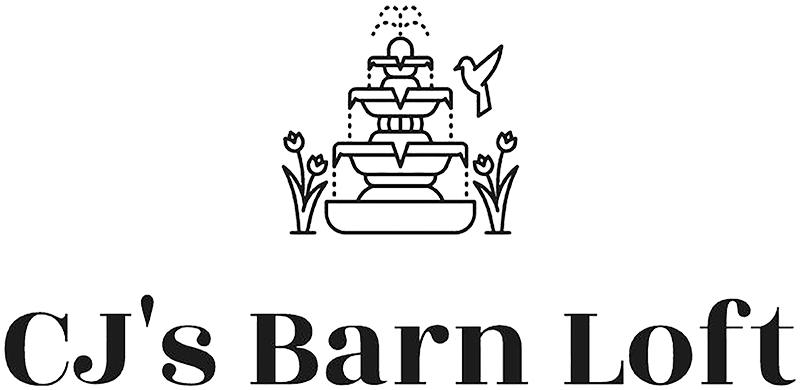Barn Find Treasures: What to Look for at Antique Stores
Barn finds represent some of the most exciting discoveries in the antique world, offering collectors access to authentic pieces that have been preserved in agricultural settings for decades. These hidden treasures often feature original finishes, unique patina, and stories that connect us to America's rural heritage. Understanding what makes a true barn find valuable helps collectors make informed decisions and appreciate the historical significance of these remarkable pieces.
Authentic Barn Find Characteristics
True barn finds display distinctive characteristics that distinguish them from artificially aged reproductions. Look for consistent wear patterns that reflect actual use, natural aging from decades of exposure to barn conditions, and original hardware that shows appropriate oxidation and patina.
Genuine barn finds often feature layers of dust, hay chaff, or other agricultural debris that indicate authentic storage environments. The wood may show weathering consistent with temperature fluctuations and humidity changes typical of farm storage buildings.
At CJs Barn Loft, located at 14637 US-131 in Schoolcraft, we specialize in authentic barn finds sourced from farms throughout Southwest Michigan. Our knowledge of local agricultural history helps verify provenance and authenticity. Call (269) 760-7928 to inquire about our latest barn find acquisitions.
Popular Categories of Barn Find Items
Agricultural tools and implements constitute a major category of barn finds, from hand tools like scythes and hay forks to larger equipment pieces. These items appeal to collectors interested in farming history and those seeking authentic decorative pieces for rustic interiors.
Furniture pieces discovered in barns often include utilitarian items like work benches, storage cabinets, and farmhouse tables. These pieces typically show honest wear from decades of use while maintaining structural integrity that speaks to their quality construction.
Architectural salvage elements frequently emerge from barn cleanouts, including doors, windows, hardware, and decorative elements that add character to modern renovation projects.
Evaluating Condition and Value
When examining barn finds, distinguish between acceptable aging and damage that affects functionality or safety. Surface dirt and patina enhance authenticity, while structural damage may require significant restoration investment.
Original paint and finishes add significant value to barn finds, even when showing wear. Avoid pieces that have been refinished or "improved" unless the work was done by qualified restoration professionals using period-appropriate techniques.
Check for insect damage, particularly in wooden items stored in barns. Small exit holes or active infestations require professional treatment before bringing items into your home environment.
Restoration Considerations
Minimal intervention preserves the authentic character that makes barn finds valuable. Clean gently with appropriate products, remove only surface dirt and debris, and avoid stripping original finishes unless absolutely necessary.
Professional restoration may be warranted for structurally important repairs or when safety concerns exist. Document the piece's original condition with photographs before beginning any restoration work to preserve historical documentation.
Some collectors prefer barn finds in their discovered condition, appreciating the honest wear and patina as integral to the piece's story and aesthetic appeal.
Provenance and Documentation
Establish provenance whenever possible by documenting the barn's location, farm history, and any known information about previous owners. This documentation enhances value and provides historical context for future owners.
Photograph barn finds in their original location when possible. These images become part of the piece's historical record and can be valuable for research or authentication purposes.
Regional variations in barn construction and farming practices create distinct characteristics in barn finds from different areas. Southwest Michigan barn finds reflect the area's dairy farming and fruit growing heritage.
Incorporating Barn Finds into Modern Decor
Barn finds work beautifully in both rustic and contemporary settings, providing authentic character that cannot be replicated. Their honest wear and patina create visual interest while telling stories about rural American life.
Consider the scale and proportion of barn finds when incorporating them into modern homes. Large agricultural pieces work well in spaces with high ceilings, while smaller tools and implements suit intimate settings.
Mix barn finds with other antique periods for eclectic style that celebrates American craftsmanship across different eras. The key is balancing rustic elements with refined pieces to create sophisticated, livable spaces.
Market Trends and Collecting Tips
Barn find popularity continues growing as collectors seek authentic pieces with documented history. This trend has increased prices for quality examples while encouraging reproduction of popular styles.
Build relationships with dealers who specialize in barn finds and understand the difference between authentic pieces and modern reproductions. Knowledge and experience are essential for making informed purchasing decisions in this specialized market segment.
Discover the fascinating world of authentic barn finds, where rural American history meets contemporary collecting interests. Our expertise in Southwest Michigan's agricultural heritage ensures access to genuine pieces with verified provenance and compelling stories that connect us to our farming traditions.
